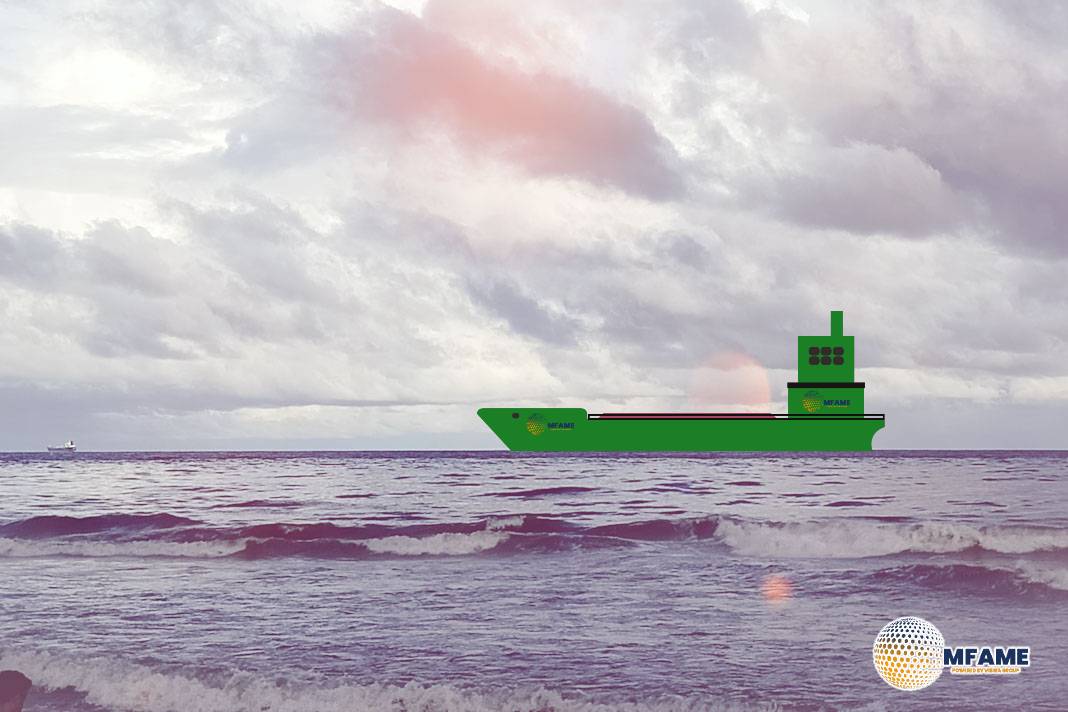After the recent dip, the rebound in spot rates aligns with typical seasonal patterns. As the weather improves in the Northern Hemisphere, it’s common to see an increase in iron ore transportation, which directly benefits the Capesize vessels, the workhorses of this trade, reports Breakwave Advisors.
Current Complexities
While the current complexities surrounding U.S. tariffs do not directly impact the dry bulk sector, as bulk commodity volumes are largely shielded from the U.S. market, overall global economic sentiment remains cautious. This caution is indirectly influencing the dry bulk market. Despite the futures curve remaining in a slight contango (where futures prices are higher than spot prices), we anticipate that spot rates will continue their upward trend into mid-May, aligning with the expectations reflected in the futures curve.
The potential for further increases beyond mid-May will largely hinge on China’s short-term economic recovery prospects and any additional stimulus measures implemented by the Chinese government. Such measures could boost investment sentiment and stimulate trade activity for bulk commodities. With a stated GDP growth target of 5% and a challenging trade outlook, the Chinese government will likely need to enact substantial stimulus to achieve this goal. Consequently, the second half of the year may witness stronger commodity performance than current futures prices suggest.
Support for Freight Rates
During the first quarter of the year, both iron ore and coal volumes reached their lowest levels in two years, falling significantly below the figures recorded in the fourth quarter of the previous year. This decline was partly attributed to weather disruptions in Australia, where the cyclone season adversely impacted iron ore exports. Additionally, coal demand decreased notably, causing coal prices to fall to a four-year low.
While high congestion in West Africa provided some support to freight rates, particularly for Capesize vessels, the overall freight market remained relatively subdued compared to previous years. The Chinese steel market has not demonstrated significant profitability, and recent government initiatives aimed at reducing excess capacity in the steelmaking industry are expected to slightly decrease iron ore demand.
However, there is an anticipation of additional stimulus measures being introduced this year to counteract the expected economic slowdown resulting from the ongoing trade war. These measures are projected to have positive spillover effects on industrial production, consequently boosting the steel demand and potentially iron ore in the latter half of the year.
Did you subscribe to our daily Newsletter?
It’s Free Click here to Subscribe!
Source: Breakwave Advisors


















